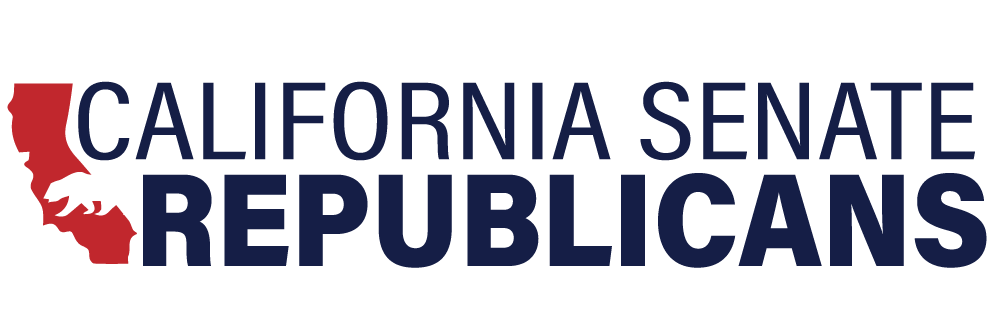By Dan Walters
July 19, 2020
California’s high poverty rate stems mostly from its high cost of living and blue state policies impose extra living costs on the poor.
There’s no question that the COVID-19 pandemic and the severe recession it spawned are widening California’s economic divide.
California already had the nation’s highest rate of functional poverty before this year began, as calculated by the Census Bureau using cost-of-living as well as income data, with nearly 20% of the state’s 40 million people impoverished. …
… Low-income, non-white Californians are more likely to be infected with the coronavirus, more likely to become unemployed, and more likely to become homeless as their incomes shrink. Therefore, it’s inescapably logical that pandemic is making the poor even poorer.
However, the most important factor in California’s high, and apparently increasing, level of poverty is not income, but our very high cost-of-living, second only to Hawaii among the states. ….
Housing is the most significant cost-of-living component. Whether buying or renting, putting a roof over one’s head consumes a disproportionately high portion of personal income. …
Democratic politicians who dominate the Capitol talk about jump-starting housing development, but have mostly dropped the ball. Two big Democratic Party allies, labor unions and environmentalists, are major impediments to housing reform.
Housing, however, is not the only cost factor that keeps so many Californians in poverty. Energy for transportation and to heat, cool and light our homes is another big one …
How high are Californians’ energy costs? …
… California motorists are paying the nation’s second highest gasoline prices, 98 cents a gallon or 47.3% higher than the average of the 49 other states. The report also pegs residential electric power rates at 55.8% higher than the average of other states, which translates into $6-plus billion per year in extra expense. Commercial power rates are 69.7% higher than those of other states, and industrial rates are 115% higher — costs that obviously translate into higher prices for consumers.
Monthly power bills will continue to rise sharply. For instance, as Pacific Gas and Electric emerges from bankruptcy it faces massive new debts and new obligations to make its power grid safer, and both will inevitably affect consumers’ utility bills.
There’s another looming factor — efforts in some cities to ban natural gas hookups in favor of all-electric appliances …
… electricity is already much more expensive than gas, so if it succeeds, higher household energy costs will further widen the economic gap.
A new report from a Washington-based think tank … contends that “banning the use of natural gas imposes a regressive energy tax on low- and middle-income consumers” in California. …
California’s dominant liberals talk a lot about ending poverty, but are often oblivious that their policy decrees raise living costs of the poor.
Click here to read the article published in CALmatters.
